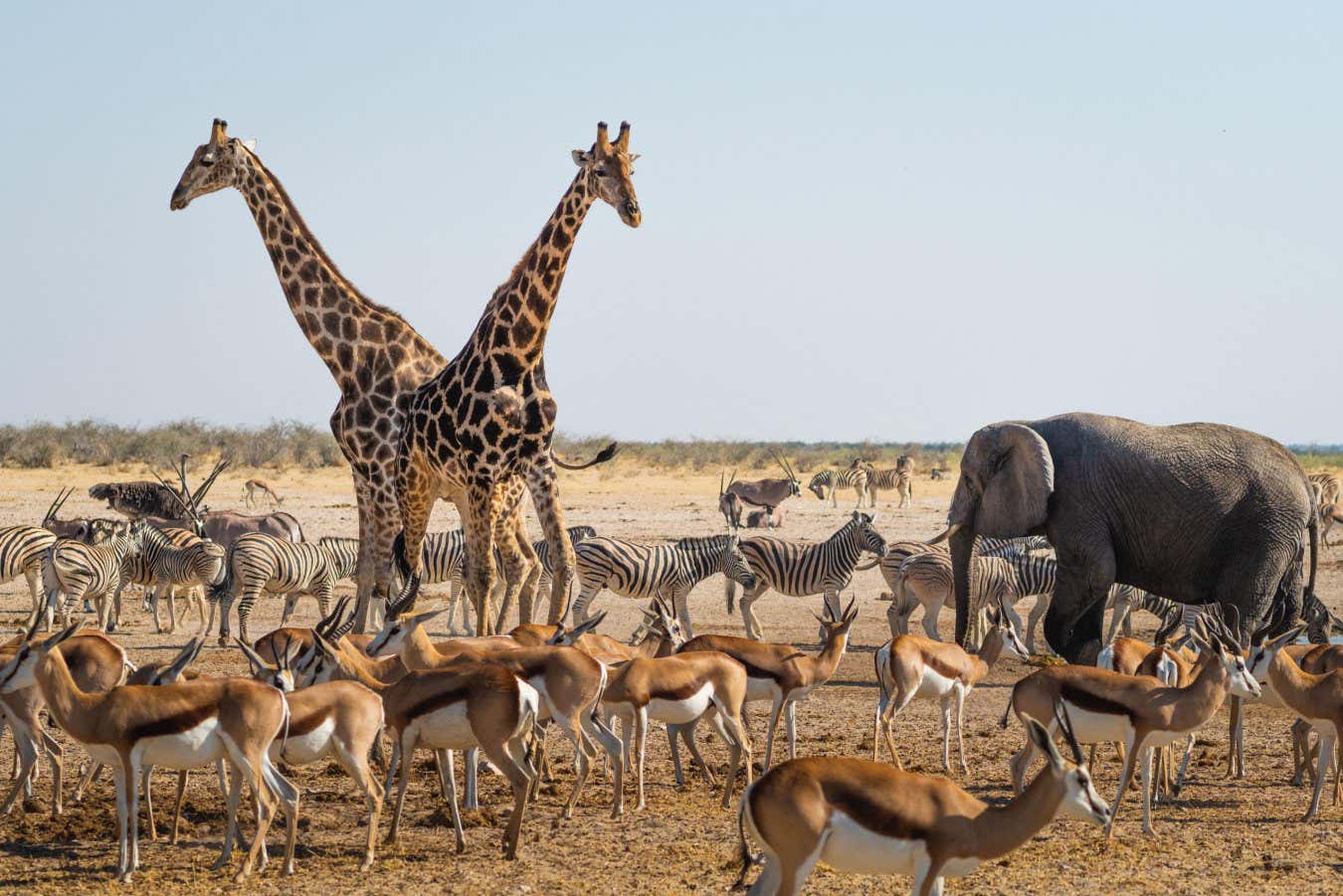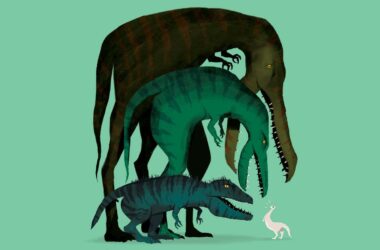In 250 million years, computer modeling suggests that almost all land mammals on Earth will die out due to the long-term changes in continents and climate. However, if any species resembling humans still exist at that time, they may be able to survive with the help of technology. The planet, however, would become much more inhospitable. It is hoped that by then, humanity would have become a space-faring civilization.
This extinction event is not related to the current human-induced climate change. Instead, it is an extrapolation of two long-term trends. First, the sun is gradually getting hotter, and in 250 million years, the amount of heat reaching Earth’s surface will be around 2.5% higher. Second, all the continents are expected to come together and form a supercontinent called Pangaea Ultima, similar to the one that existed during the time of the dinosaurs. The extreme temperatures in the interior of this supercontinent, combined with the lack of land near the poles for cool refuges, would make conditions unsuitable for most mammals.
As a result of these trends, carbon dioxide (CO2) levels in the air would likely increase. The dry interior of the supercontinent would have less CO2 reacting with rocks, leading to higher concentrations of the gas in the atmosphere. This triple whammy of factors would create conditions that exceed the upper limits of survivability for mammals, such as extremely high temperatures.
While some land mammals might survive around the edges of Pangaea Ultima, life in those areas would be extremely challenging due to the extreme weather. Birds, on the other hand, would have a better chance of survival as they are more adaptable and have higher body temperatures. It is even possible that dinosaurs or reptiles could make a comeback under these future climatic conditions.
The modeling and results of this study are considered reasonable and plausible by experts. However, in the even longer term, beyond the break-up of Pangaea Ultima, any life on Earth will face even bigger challenges. The warming of the sun could eventually lead to the loss of oxygen from the atmosphere, leaving only microbes that don’t depend on it. Finally, in a few billion years, the sun’s increased output will trigger a runaway greenhouse effect, similar to what happened on Venus, ultimately leading to the destruction of Earth.
It is worth noting that while these events are proposed based on scientific models, they are projections that take place over millions or billions of years. Nevertheless, they highlight the potential consequences of long-term changes in our planet’s climate and the need to address the immediate impacts of human-induced climate change.








